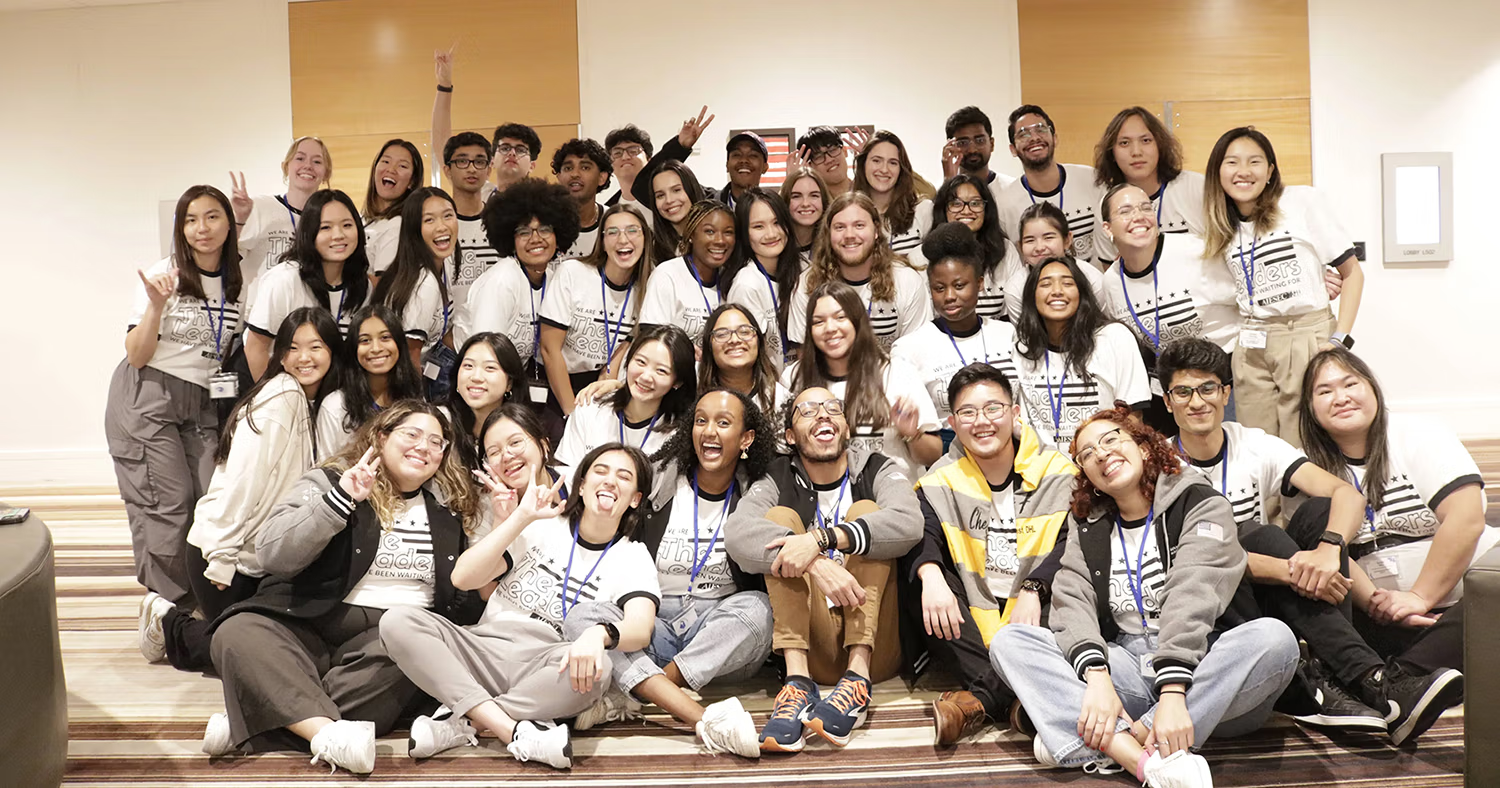In today's globalized world, cultural diversity in the workplace is more than just a buzzword; it is a crucial factor that can drive innovation, creativity, and business success. Organizations that embrace cultural diversity can tap into a wealth of perspectives, experiences, and ideas that can lead to improved problem-solving, increased employee satisfaction, and enhanced competitiveness in the global market. In this blog, we will explore the numerous benefits of cultural diversity in the workplace and why it should be a priority for any forward-thinking organization.
1. Enhanced Creativity and Innovation
One of the most significant benefits of cultural diversity in the workplace is the boost it provides to creativity and innovation. When people from diverse cultural backgrounds come together, they bring a wide range of perspectives, ideas, and problem-solving approaches. This diversity of thought can lead to the generation of unique and innovative solutions that might not have been possible in a homogenous environment.
Research has shown that diverse teams are more likely to come up with creative ideas and solutions. This is because team members challenge each other's assumptions and encourage out-of-the-box thinking. In a culturally diverse workplace, employees are exposed to different ways of thinking and can draw on a broader pool of knowledge and experiences, leading to more innovative outcomes.
2. Improved Problem-Solving and Decision-Making
Cultural diversity also enhances problem-solving and decision-making processes. Diverse teams are better equipped to analyze problems from multiple angles and consider a wider range of potential solutions. This holistic approach can lead to more effective and efficient decision-making.
A study by Harvard Business Review found that diverse teams are able to solve problems faster than cognitively similar people. The variety of perspectives in a diverse team means that team members can identify potential pitfalls and opportunities that others might miss, leading to more robust and well-rounded solutions.
3. Increased Employee Engagement and Retention
Employees who feel valued and respected for their unique contributions are more likely to be engaged and committed to their work. Cultural diversity in the workplace helps create an inclusive environment where employees from different backgrounds feel a sense of belonging and are motivated to contribute their best.
Organizations that prioritize diversity and inclusion tend to have higher employee retention rates. When employees see that their company values diversity and is committed to creating an inclusive workplace, they are more likely to stay with the organization. This reduces turnover costs and helps maintain a stable and experienced workforce.
4. Broader Market Reach and Understanding
A culturally diverse workforce can help organizations better understand and reach global markets. Employees with diverse cultural backgrounds bring valuable insights into different consumer preferences, behaviors, and market trends. This knowledge can be instrumental in developing products and services that resonate with a global audience.
For example, a company looking to expand into a new international market can benefit from the expertise of employees who are familiar with that market's cultural nuances and business practices. This can lead to more effective marketing strategies, better customer service, and ultimately, increased market share.
5. Enhanced Company Reputation and Brand Image
Companies that embrace cultural diversity are often viewed more favorably by customers, partners, and potential employees. A strong commitment to diversity and inclusion can enhance a company's reputation and brand image, making it more attractive to top talent and customers who value social responsibility.
In today's competitive job market, candidates are increasingly looking for employers who prioritize diversity and inclusion. Companies that are known for their diverse and inclusive workplaces are more likely to attract high-quality candidates who are looking for a supportive and dynamic work environment.
6. Improved Employee Performance and Productivity
Diversity in the workplace can lead to higher levels of employee performance and productivity. When employees feel that their unique perspectives and contributions are valued, they are more likely to be motivated and engaged in their work. This increased engagement can lead to higher levels of productivity and better overall performance.
Moreover, diverse teams can leverage their varied skills and experiences to collaborate more effectively and achieve better results. By fostering an inclusive environment where all employees feel empowered to contribute their best, organizations can maximize the potential of their workforce.
7. Greater Innovation in Product and Service Development
Culturally diverse teams bring a wealth of ideas and experiences that can lead to greater innovation in product and service development. By tapping into the diverse perspectives of their employees, companies can develop products and services that meet the needs of a broader range of customers.
For example, a diverse team working on a new product development project can draw on their varied cultural backgrounds to identify features and functionalities that will appeal to different customer segments. This can lead to the creation of more inclusive and successful products that cater to a wider audience.
8. Enhanced Learning and Development Opportunities
A culturally diverse workplace provides valuable learning and development opportunities for employees. By working with colleagues from different cultural backgrounds, employees can gain new insights, perspectives, and skills that can enhance their professional growth.
For instance, employees can learn about different communication styles, problem-solving approaches, and business practices from their diverse colleagues. This cross-cultural learning can lead to a more adaptable and versatile workforce that is better equipped to navigate the complexities of a globalized business environment.
9. Strengthened Organizational Resilience
Cultural diversity can also contribute to organizational resilience. Diverse teams are more adaptable and better equipped to handle change and uncertainty. The varied perspectives and experiences within a diverse team can help organizations navigate challenges and seize opportunities more effectively.
In times of crisis or rapid change, diverse teams can draw on their collective knowledge and skills to develop innovative solutions and strategies. This resilience can help organizations stay competitive and thrive in an ever-changing business landscape.
10. Promoting Social Responsibility and Ethical Practices
Embracing cultural diversity in the workplace is not only beneficial for business outcomes but also aligns with principles of social responsibility and ethical practices. By promoting diversity and inclusion, organizations can contribute to creating a more equitable and just society.
Companies that prioritize diversity and inclusion set an example for others and demonstrate their commitment to social responsibility. This can enhance their reputation and build trust with customers, partners, and the broader community.
Conclusion
Cultural diversity in the workplace offers a multitude of benefits that can drive business success and create a more inclusive and dynamic work environment. From enhanced creativity and innovation to improved problem-solving and decision-making, organizations that embrace diversity can unlock a wealth of opportunities and achieve a competitive edge in the global market.
Moreover, by fostering an inclusive culture where all employees feel valued and respected, companies can boost employee engagement, retention, and performance. As the world continues to become more interconnected, the importance of cultural diversity in the workplace will only grow. Organizations that prioritize diversity and inclusion will be better positioned to thrive in this increasingly globalized business landscape.
Embracing cultural diversity is not just the right thing to do; it is also a smart business strategy that can lead to greater innovation, resilience, and success. As we move forward, let us celebrate and leverage the rich tapestry of cultures that make up our workplaces and unlock the full potential of our diverse and talented workforce.

.webp)

.avif)








